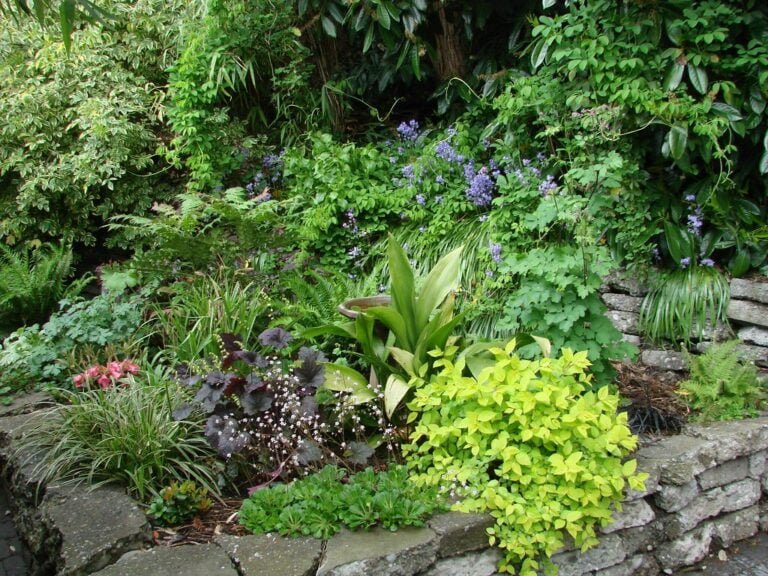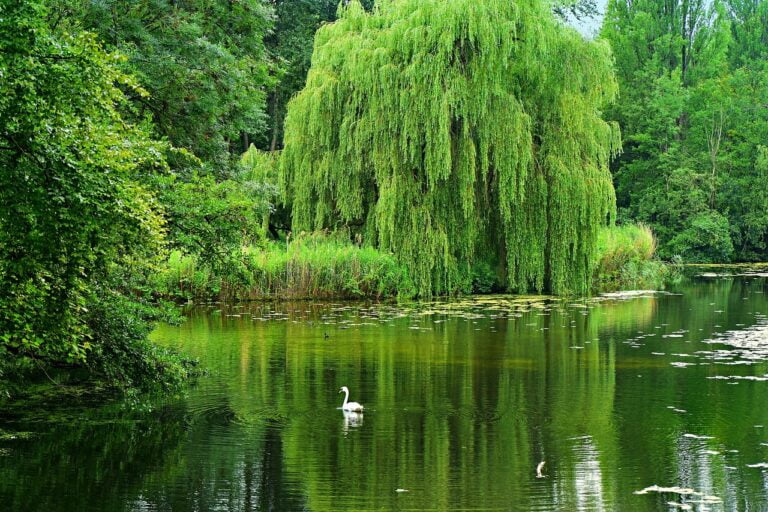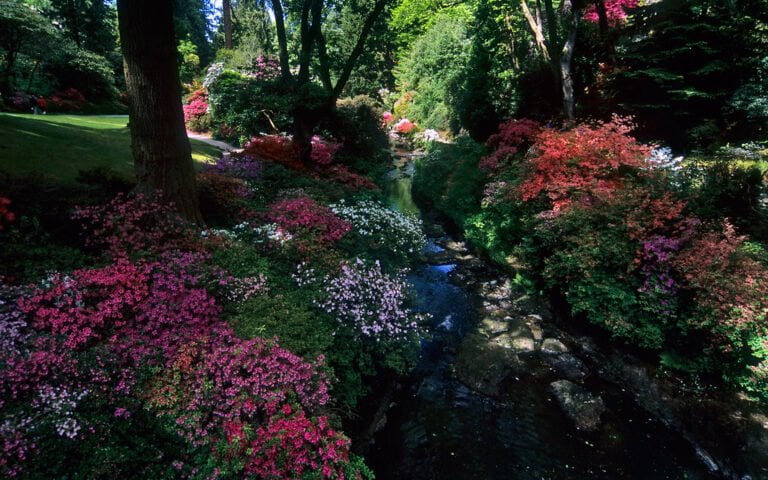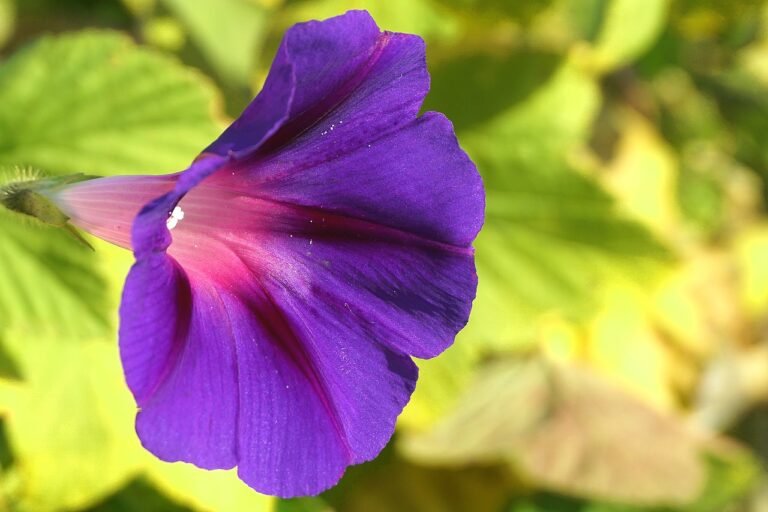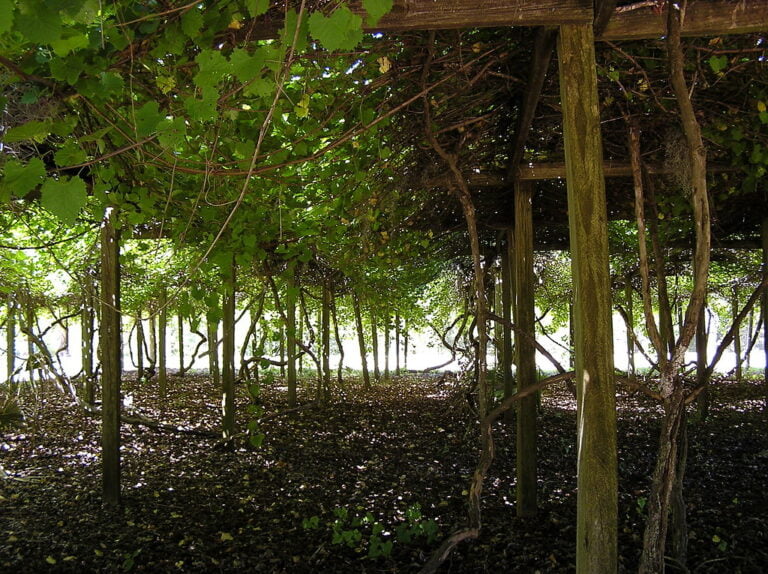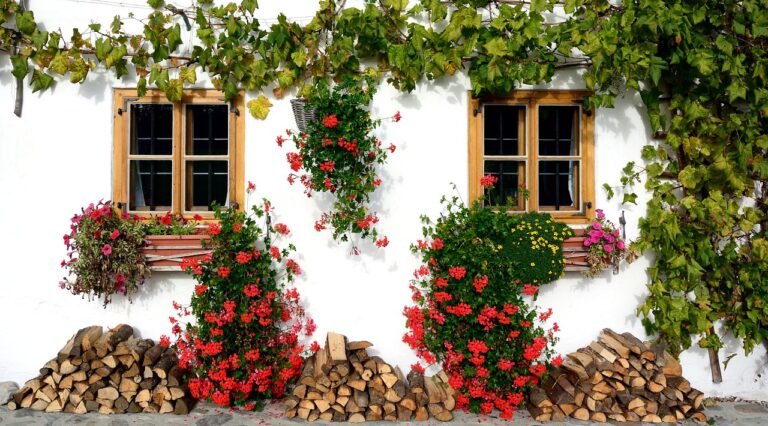Essential Tips for Designing a Shade Garden: Layout, Color Schemes, and Focal Points
Crafting a shade garden is an art where layout, colors, and focal points merge for a stunning outdoor retreat. Begin by mastering shade levels and selecting plants wisely. Harmonize colors for a visual feast – from soft ivories to vibrant teals. Create focal points with strategic ornaments and artistic accents, like mirrors and wind chimes. Guarantee a flowing balance with varied plant heights, textures, and colors. Incorporate reflective elements, like light-colored walls and water features. Start your shade garden journey with these essential tips and reveal the beauty of a peaceful oasis in your outdoor space.
Planning Shade Levels and Plant Selection
Understanding the various shade levels is essential when designing a shade garden to make sure the right plants thrive in their intended environment. Different shade levels, such as light shade, semi-shade, dappled shade, moderate shade, and deep shade, play a critical role in determining which plants will flourish in specific areas of the garden. When selecting plants for shaded areas, it is important to take into account their tolerance to shade and match them with the appropriate light levels they require for best growth.
Moreover, evaluating soil moisture and drainage in shaded spots is crucial for plant selection. Some shade-tolerant plants prefer damp shade conditions, while others thrive in drier soils. Understanding the moisture needs of different plant species is key to creating a thriving shade garden. Additionally, considering the root systems of plants is vital, especially in areas with limited soil access. Opting for plants with compact root systems can prevent overcrowding and ensure the plants receive adequate nutrients for healthy growth.
Harmonizing Color Schemes
To craft a visually stunning shade garden that delights with cohesive color palettes, one must meticulously select a range of colors that blend seamlessly together. When planning a shade garden, coordinating color schemes is crucial for establishing a unified and welcoming space. Here are some essential tips to assist you in achieving a harmonious color scheme in your shady areas:
- Color Selection: Opt for hues like ivory, light pink, vibrant pink, crimson, orange-red, lime, golden, and teal for a unified appearance.
- Grouping Plants: Arrange foliage in clusters to create consistency and visual allure, enhancing the overall color scheme.
- Repetition: Cluster plants in pairs, trios, quintets, etc., for consistency and repetition throughout the garden, reinforcing the harmonious color scheme.
- Leaf Diversity: Pair plants with varied leaf shapes and sizes, such as heart-shaped, grassy, fern-like, circular, and fan-shaped leaves, to add dimension to the color scheme.
- Mass Plantings: Establish mass plantings with occasional standout plants, considering color blends and spacing, to uphold a balanced and harmonious design.
Creating Eye-catching Focal Points
Crafting an unforgettable shade garden involves strategically placing eye-catching focal points that mesmerize and enrich the overall aesthetic experience. To create a captivating garden, consider incorporating striking garden ornaments, sculptures, or ornamental structures as focal points. These elements not only add visual interest but also serve as conversation starters, drawing the eye to specific areas within the shade garden.
Utilizing unique and artistic planters or trellises can also enrich the beauty of your garden. These structures not only provide support for climbing plants but also add a touch of elegance and charm. Additionally, installing mirrors strategically can work wonders in shaded areas by creating the illusion of space and light, making the garden feel more expansive and inviting.
Incorporating decorative elements like wind chimes or hanging baskets can introduce movement and liveliness to your shade garden. The gentle sound of wind chimes and the cascading foliage from hanging baskets add a dynamic element to the space, making it more engaging and enchanting.
Furthermore, playing with colorful and eye-catching plant combinations is key to creating focal points and drawing attention to specific areas in the garden. By strategically placing plants with contrasting colors and textures, you can create visual interest and highlight the beauty of different plant varieties.
Ensuring Garden Balance and Flow
Achieving a harmonious balance and seamless flow in your shade garden requires thoughtful consideration of plant heights, textures, and colors to create a visually enchanting landscape. When designing your shade garden, keep in mind the following tips to ensure garden balance and flow:
- Mix plant heights to add dimension and depth to your garden design.
- Incorporate a variety of foliage textures for visual interest and to create a dynamic composition.
- Use a diverse color palette to evoke different moods and create focal points within the garden.
- Strategically place elements such as sculptures, benches, or water features to guide the flow of the garden and provide visual anchors.
- Consider the overall layout and composition of your shade garden to maintain unity and coherence throughout the space.
Incorporating Reflective Elements
Reflective components play a crucial role in illuminating and enriching the ambiance of a shade garden, creating a visually captivating space that thrives even in low-light conditions. To maximize light reflection, incorporating white or light-colored walls, trellises, and fences can be incredibly effective. These elements not only brighten dark areas but also add a touch of elegance to the garden. Light-colored paving, gravel, or patio areas serve a dual purpose by not only reflecting light but also creating a more luminous environment, making the garden feel more spacious and vibrant.
Integrating light-colored garden ornaments, such as sculptures or decorative pieces, can further enrich the brightness in shaded spots, adding visual interest and depth to the landscape. Water features like ponds or fountains are excellent additions as they not only reflect light but also create a reflective surface that amplifies the overall lighting in the garden, generating a tranquil and enchanting atmosphere.
Strategic placement of garden lighting is essential to illuminate key features like containers, trees, and water elements, providing structure and enriching the ambiance of the shaded garden space. By incorporating these reflective elements, the shade garden transforms into a radiant sanctuary, brimming with light and life.

